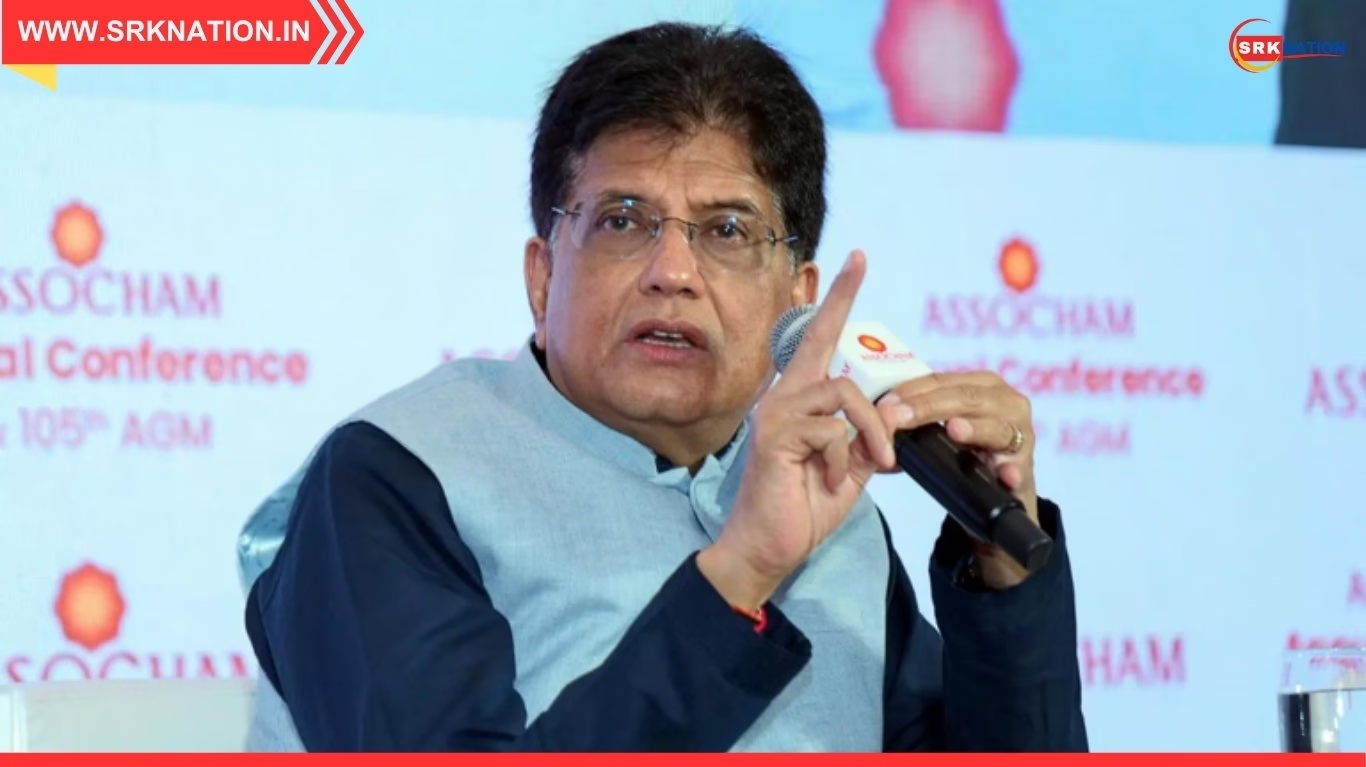In a landmark regulatory shift, the Securities and Exchange Board of India (SEBI) has approved relaxed delisting norms for select Public Sector Undertakings (PSUs) where the Government of India and/or other PSUs hold 90% or more equity. The move, finalized during SEBI’s 210th board meeting, aims to simplify the voluntary delisting process for legacy PSUs with minimal public float.
🏛️ Key Highlights of the New Delisting Framework
- Eligibility: Applies to PSUs (excluding banks, NBFCs, and insurance firms) with 90%+ government/PSU holding
- Delisting Mechanism: Shift from reverse book-building to a fixed price route
- Offer Price: Must be at least 15% premium over the floor price, determined by registered valuers
- Shareholder Approval: Waiver of two-thirds public shareholder consent, given the low public shareholding
- Residual Shareholder Protection: Unclaimed payments to be held in a designated account for 7 years, then transferred to the Investor Education and Protection Fund (IEPF)
📊 Why the Change Matters
SEBI noted that many PSUs with low trading volumes face inflated market prices that don’t reflect their true financials, making delisting financially burdensome under existing norms. The new framework is designed to streamline exits, especially for illiquid or legacy-listed PSUs, and support the government’s strategic disinvestment goals.
🏢 Impacted Entities
According to SEBI, only five PSUs currently meet the 90% threshold, including firms like KIOCL, HMT, and ITI. These companies may now find it easier to delist and restructure without the hurdles of traditional shareholder approval mechanisms.
Stay tuned for updates on eligible PSUs and delisting timelines.











